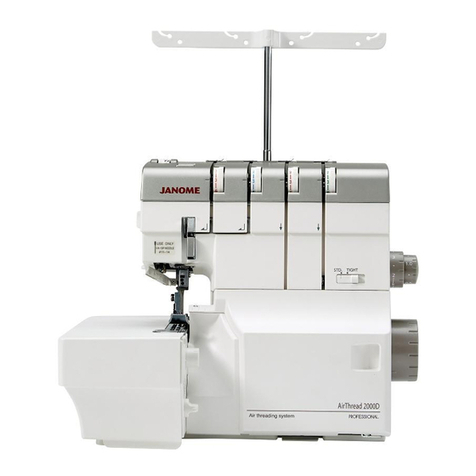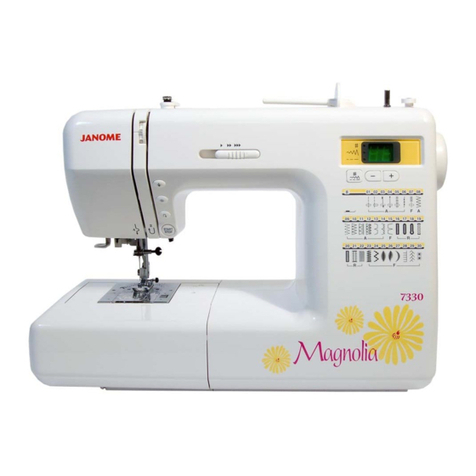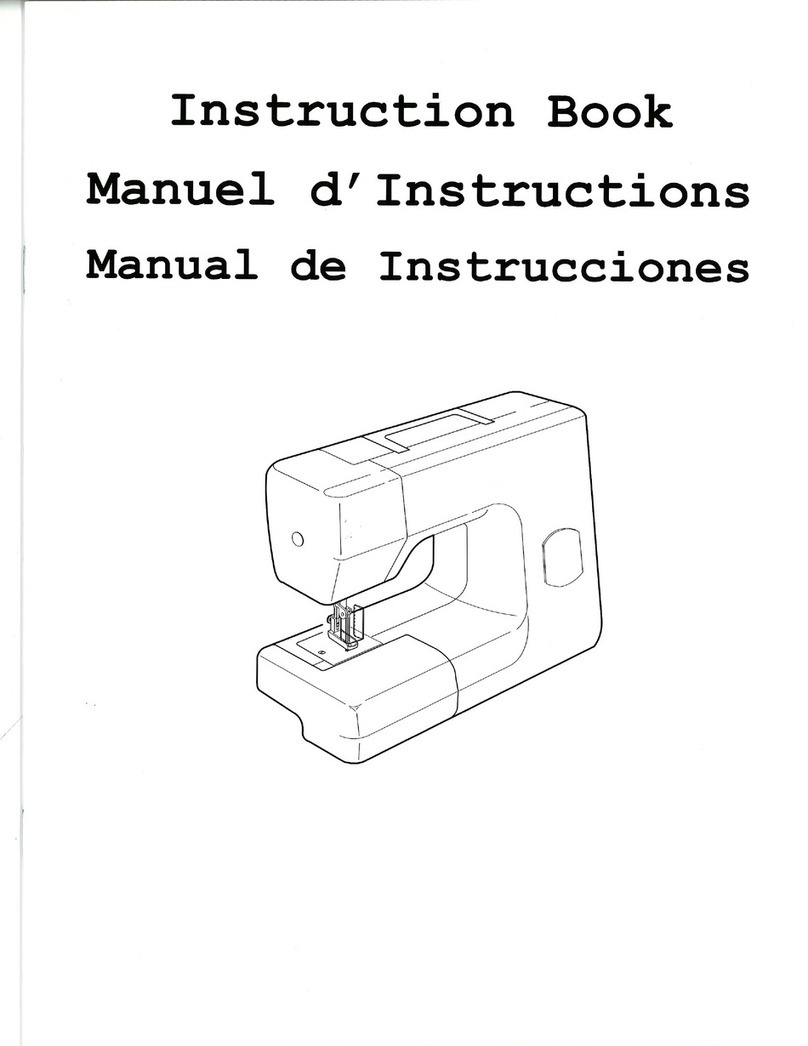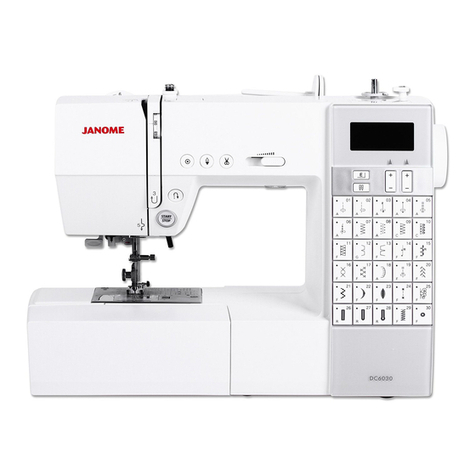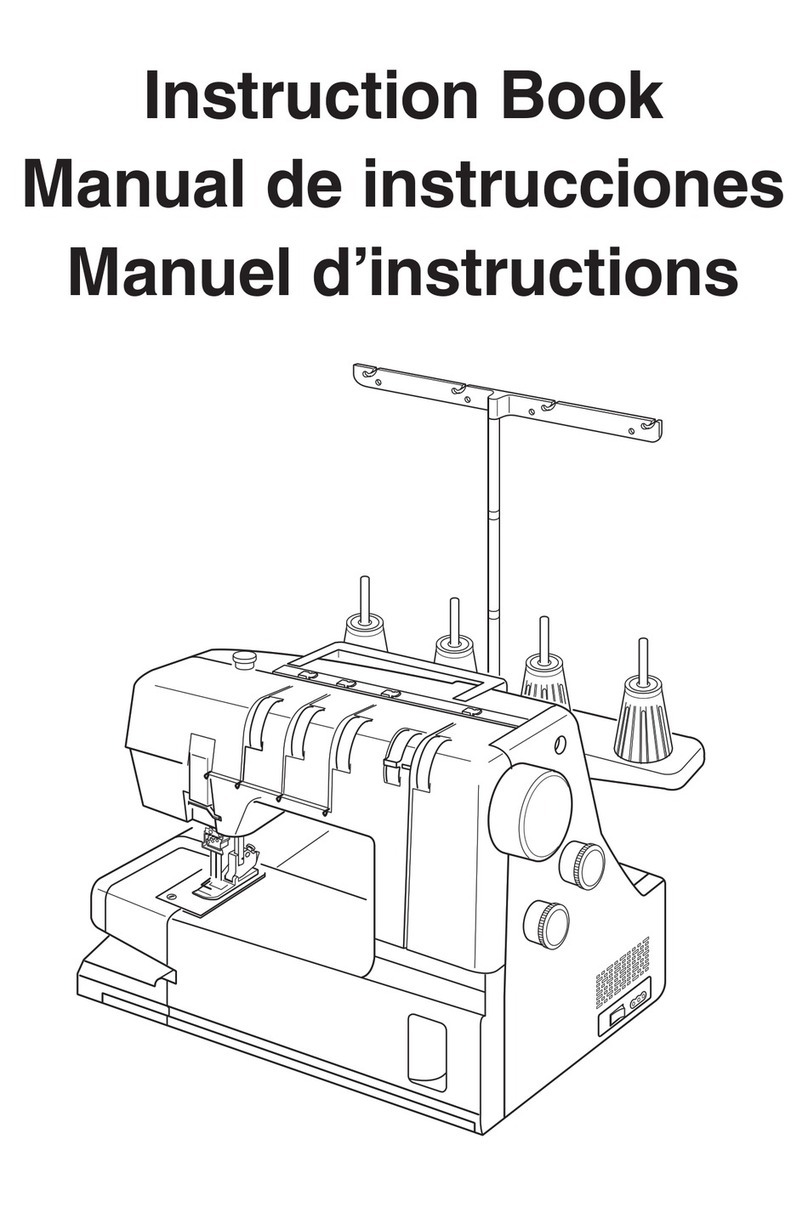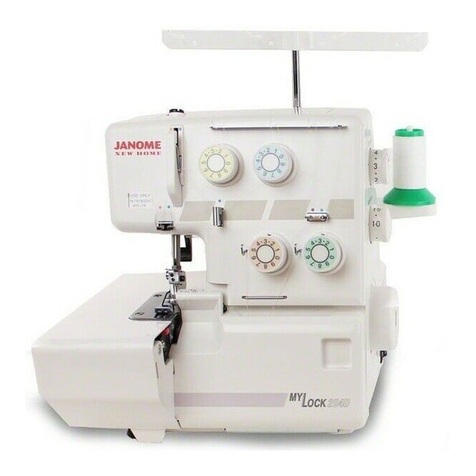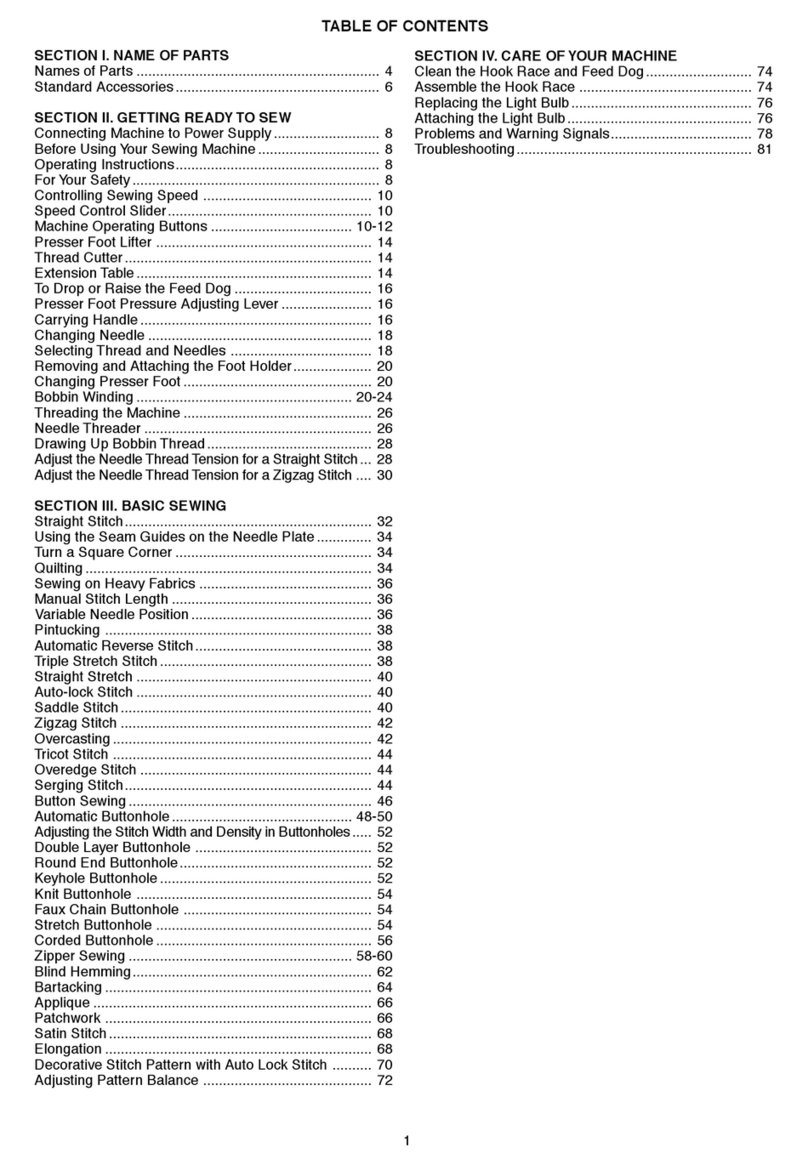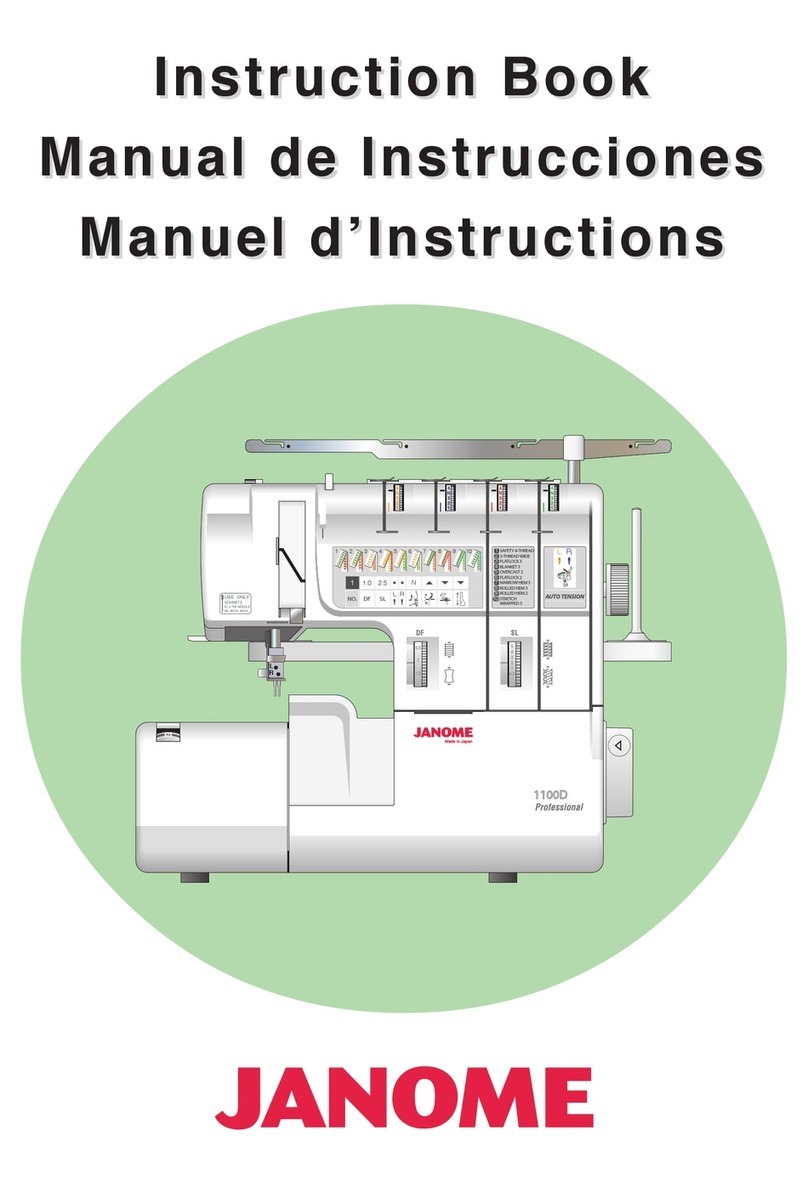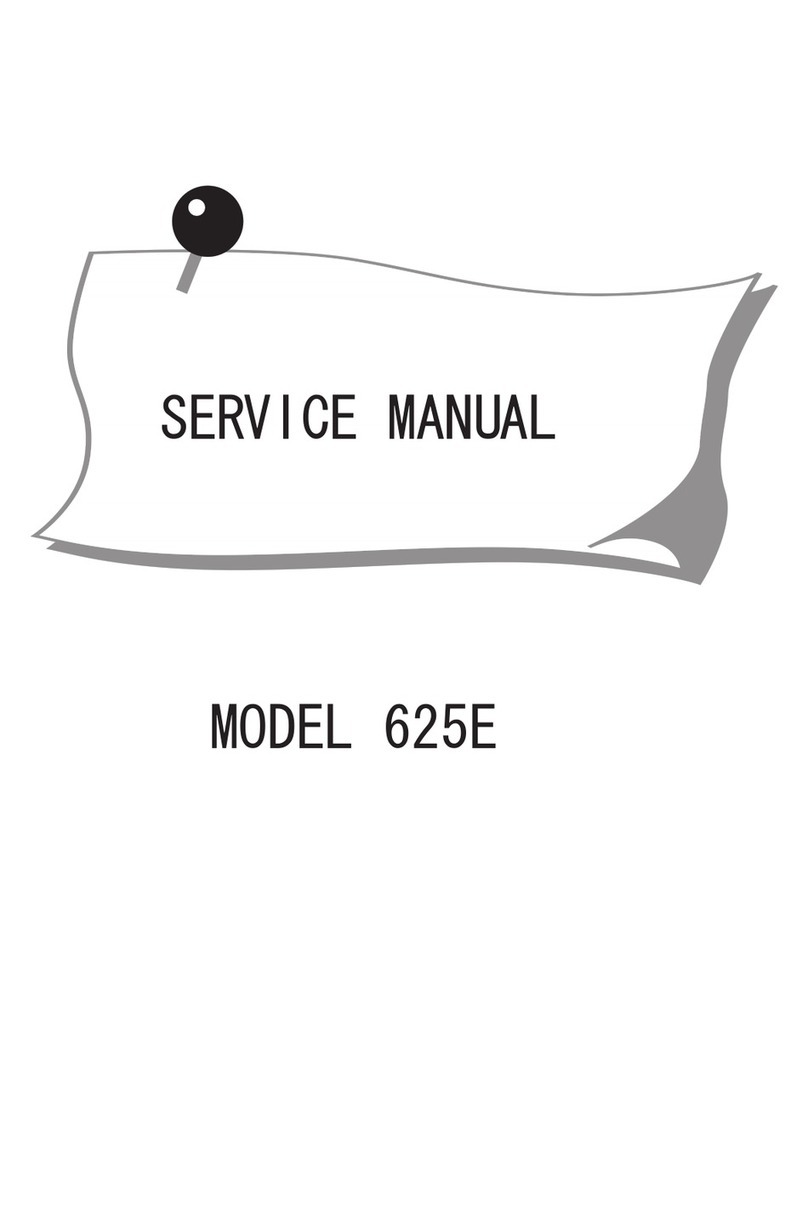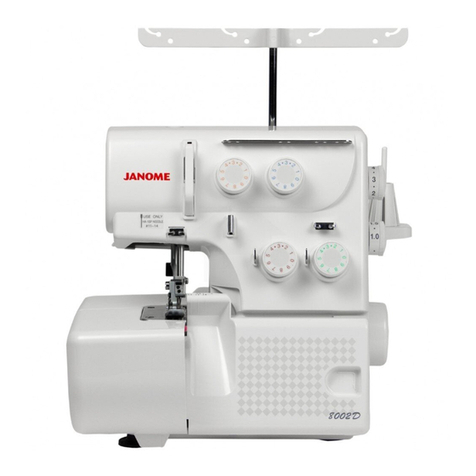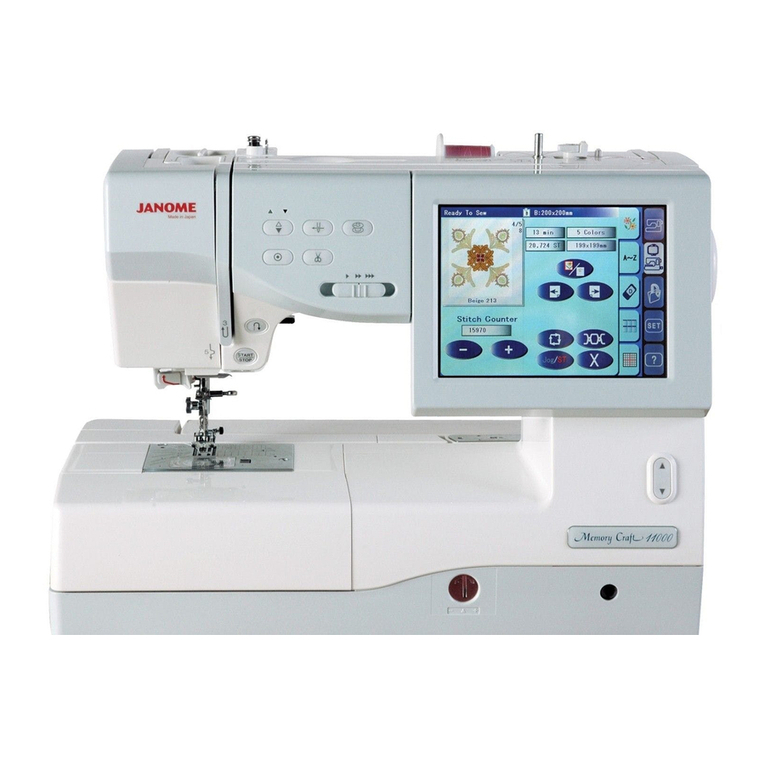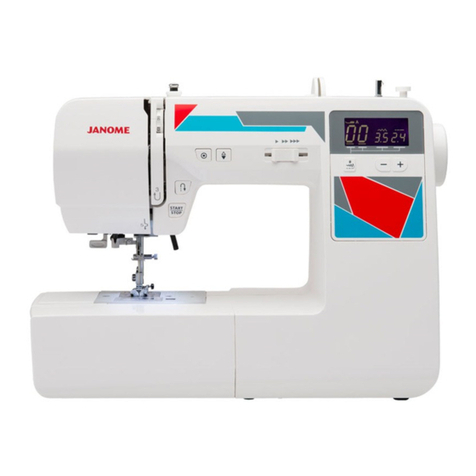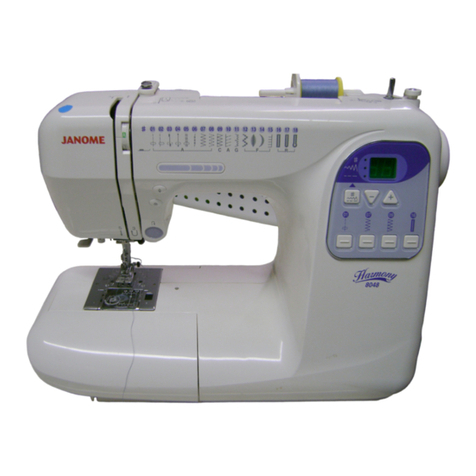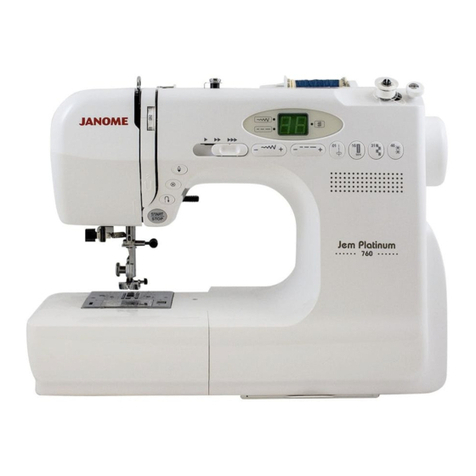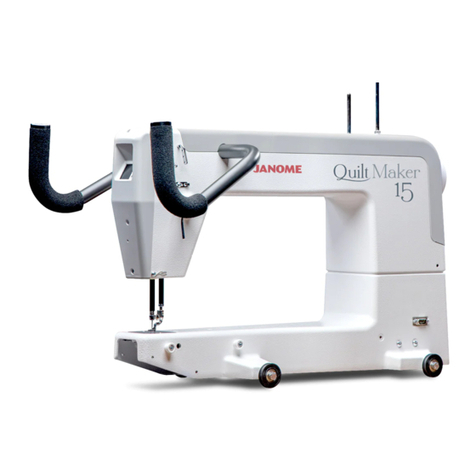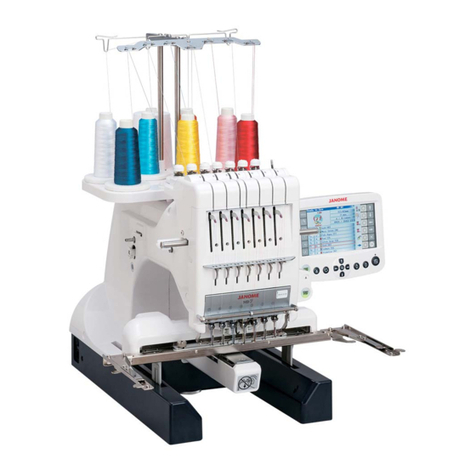
INDEX
WHAT TO DO WHEN.......................................................................................................................... 1-3
CHANGING EXTERNAL PARTS
FACE COVER .........................................................................................................................................4
FREE-ARM COVER ...............................................................................................................................5
FRONT COVER ......................................................................................................................................6
REAR COVER.........................................................................................................................................7
MECHANICAL ADJUSTMENT
PRESSER BAR HEIGHT ........................................................................................................................8
NEEDLE DROP POSITION.....................................................................................................................9
ADJUSTMENT OF HOOK TIMING .......................................................................................................10
ADJUSTMENT OF NEEDLE BAR HEIGHT..........................................................................................11
CLEARANCE BETWEEN NEEDLE AND TIP OF ROTARY HOOK ......................................................12
FEED DOG HEIGHT .............................................................................................................................13
TOP TENSION ......................................................................................................................................14
STRETCH STITCH FEED BALANCE ...................................................................................................15
REPLACEMENT AND ADJUSTMENT OF THE NEEDLE THREADER PLATE....................................16
ADJUSTING BUTTONHOLE LEVER POSITION..................................................................................17
SELF-DIAGNOSTIC TEST
SELF-DIAGNOSTIC TEST.............................................................................................................. 18-23
TO DISPLAY THE VERSION OF THE PROGRAM...............................................................................23
REPLACING THE ELECTRONIC COMPONENTS
PRINTED CIRCUIT BOARD A CONNECTION .....................................................................................24
PRINTED CIRCUIT BOARD A ..............................................................................................................25
PRINTED CIRCUIT BOARD F2 ............................................................................................................26
PRINTED CIRCUIT BOARD F1 ............................................................................................................27
PRINTED CIRCUIT BOARD L...............................................................................................................28
DRIVING MOTOR (DC MOTOR) ..........................................................................................................29
SWITCHING REGULATOR UNIT..........................................................................................................30
PARTS LIST .................................................................................................................................... 31-45


